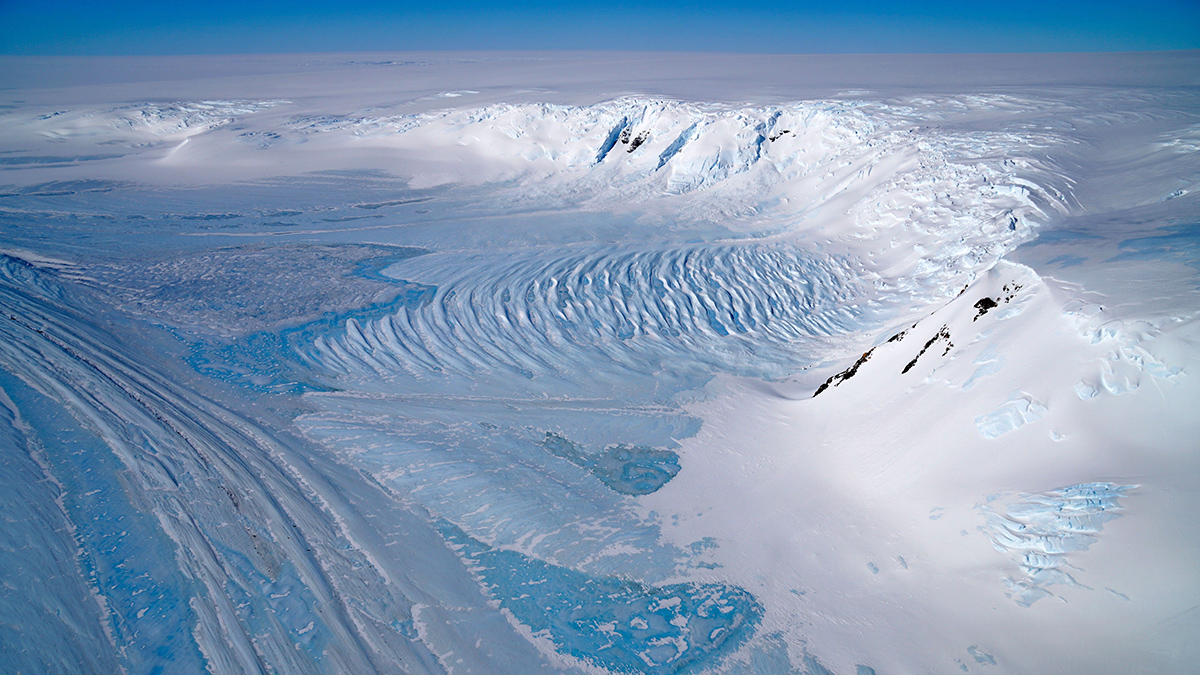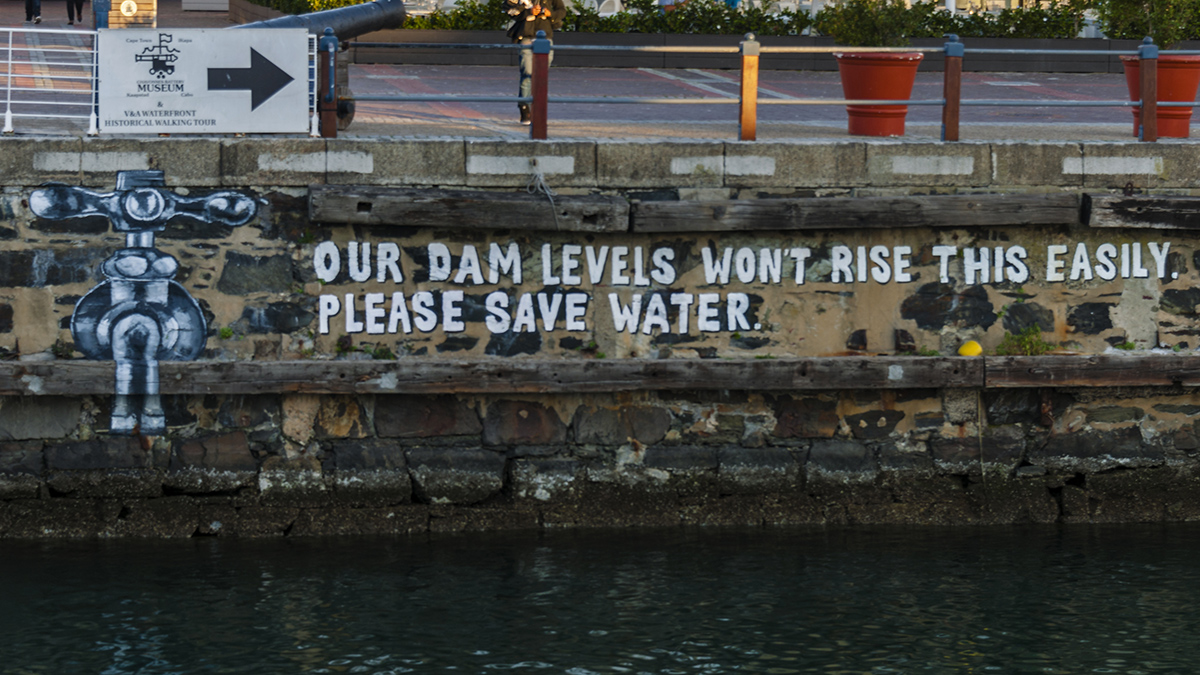Fragments of blue ice up to 6 million years old—the oldest ever found—offer key insights into Earth’s warming cycles. Researchers are using these ancient data to refine models of our future climate.
Mariana Mastache-Maldonado
Posted inNews
Are “Day Zero Droughts” Closer Than We Think? Here’s What We Know
A new study warns that day zero droughts—when reservoirs fail to supply taps—could become common within this decade.


